Spearmint as a spice is widespread. Besides being an excellent culinary addition, spearmint is a plant that is rich in many nutrients. Thanks to them, spearmint is now often used with antispasmodics, local anesthetics and antiseptics.
Spearmint increases secretions in the stomach and intestines, causing dilation of the coronary vasculature, and these are just a small part of the beneficial actions this popular spice has on our body.
Spearmint is known by the Latin name Mentha spicata, it is a type of mint growing in central and southern Europe. In essence, it is a herbaceous perennial plant, growing to a height of up to 39.4″ (100 cm), its leaves are 2″ (5 cm) - 3.5″ (9 cm) long and 0.6″ (1.5 cm) - 1.2″ (3 cm) broad, with serrated edges. The flowers are gathered in clusters, each of them being pink or white, 0.1" (3 mm) in length and width. Spearmint grows well in moist soils.
It is not found in the wild, as it was obtained by cross-pollination. This hybrid has existed since the Middle Ages and today, it is widespread worldwide.
Composition of spearmint
It contains a large amount of essential oils, including menthol (up to 50-60%). The amount of aromatic oils in spearmint is up to 3%, but its composition is different depending on its variety and the climatic conditions, in which it grows or is cultivated. The quality of the oil depends on the presence of other substances.
The amount of ketone menthone in the aromatic oil of spearmint is about 10-15% and has a fresh and pleasant smell. Its other components are menthofuran, isomenthol, neomenthol, pulegon, piperiton, pinene, limonene, cineol. Spearmint leaves are a source of about 6-12% tannins, bitter compounds, flavonoids, nicotinic acid, as well as its amide, carotenoids and other more important nutrients.

Storage of spearmint
Whether you buy fresh or died spearmint is a matter of personal preference but keep in mind that died spearmint is much more aromatic. If you do buy it fresh, you can retain its freshness for a few days by wrapping it in a moist cloth and placing it in a plastic bag in the fridge.
When buying dried spearmint, pay heed to its color - it must be light green, which guarantees that the herb is crisp. If the color is too dark, it is a sign that it has been stored dried for way too long and has lost part of its aroma. Store dried spearmint in a well-sealed jar for a few months.
Culinary use of spearmint
Spearmint is a perennial herb which is used in cooking. The leaves, fresh or dried, are excellent for seasoning salads and soups. Dishes of beans cannot be considered complete, without adding spearmint. You may also prepare other dishes with the addition of spearmint.
Spearmint stands out with its great flavor and a slightly acrid taste. It is used in the preparation of spinach purees, in lamb stews, mutton and boiled pork or beef. Take care when using spearmint - due to its very strong and specific flavor it should be carefully combined with other herbs, because it can mute their flavor and taste.
Benefits of spearmint
Spearmint has many beneficial and healing properties on the human body. Spearmint is excellent for soothing intestinal cramps, it soothes the intestines and promotes normal digestion. Decoctions of the leaves can help with colitis, enterocolitis, diarrhea, gas and bloating, as well as abdominal pain caused by women's malaise. There are many varieties of spearmint, which has been known as a spice and remedy since ancient times.
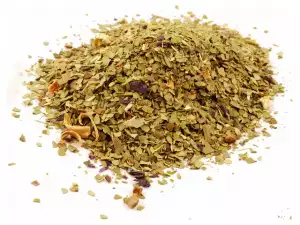
Folk medicine used leaves or essential oil derived from spearmint. In particular, they were used as a remedy for stomach and heart aches, as well as colds, gall bladder and liver diseases. Spearmint is a stimulating aid for physical and mental exhaustion, and for indigestion. A decoction of spearmint soothes the stomach during vomiting by reducing nausea.
Spearmint is a great tool for increasing appetite while it improves digestion, reduces acidity of gastric juices, stops stomach cramps. The main actions of spearmint are antispasmodic, sedative, anti-inflammatory and analgesic.
Spearmint is used as an aid in the treatment of patients with inflammatory processes in the lungs and bronchi, heart disease, diseases of the digestive tract, gynecological problems and others.
Spearmint has a stimulating and invigorating effect. Wide application in medicine is complemented by the excellent quality of its essential oil. Thanks to this, ailments such as headaches and migraines are easily resolved. Spearmint decreases stress on the body. It is said that spearmint tea has a beneficial effect on hemorrhoids as well.
If you suffer from toothaches and gum inflammation, it is advisable to rinse your mouth with spearmint. For gargles and drinking, soak spearmint leaves for 8 days in red wine (1:10 ratio). If you have bad breath, use 2 tablespoons of spearmint after eating. There are proven positive effects from topical spearmint applications as a compress for skin rashes, bruises and boils.
For internal applications pour 2 cups (500 ml) of boiling water over 2 tablespoons of spearmint, then let the infusion steep for 1 hour. Drink 2/5 cup (100 ml) before meals, 4 times a day, sweetened with honey.
Dangers of spearmint
The only harm associated with the use of spearmint is if you are allergic to this aromatic herb. Sometimes it is also not recommended to inhale vapors from the oils of the plant.
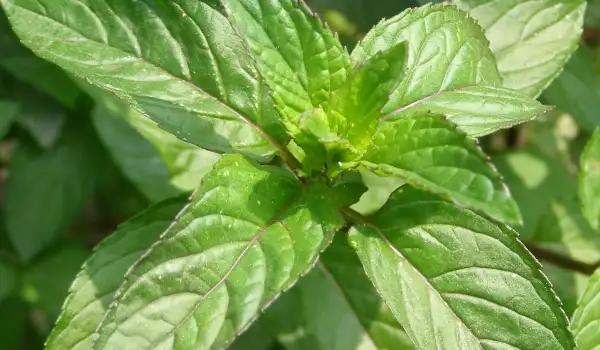


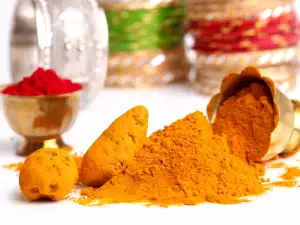
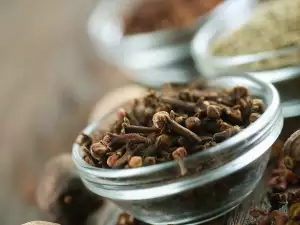
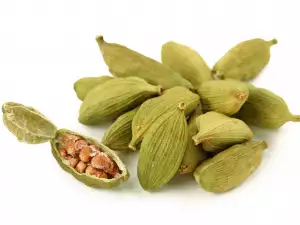
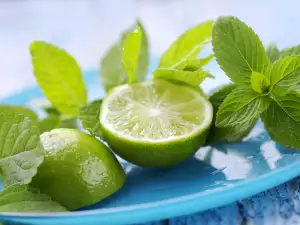

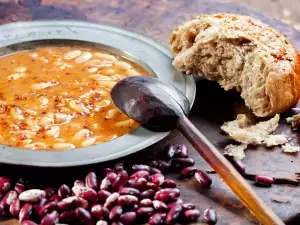

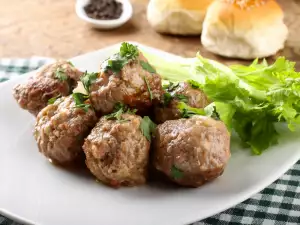









Comments